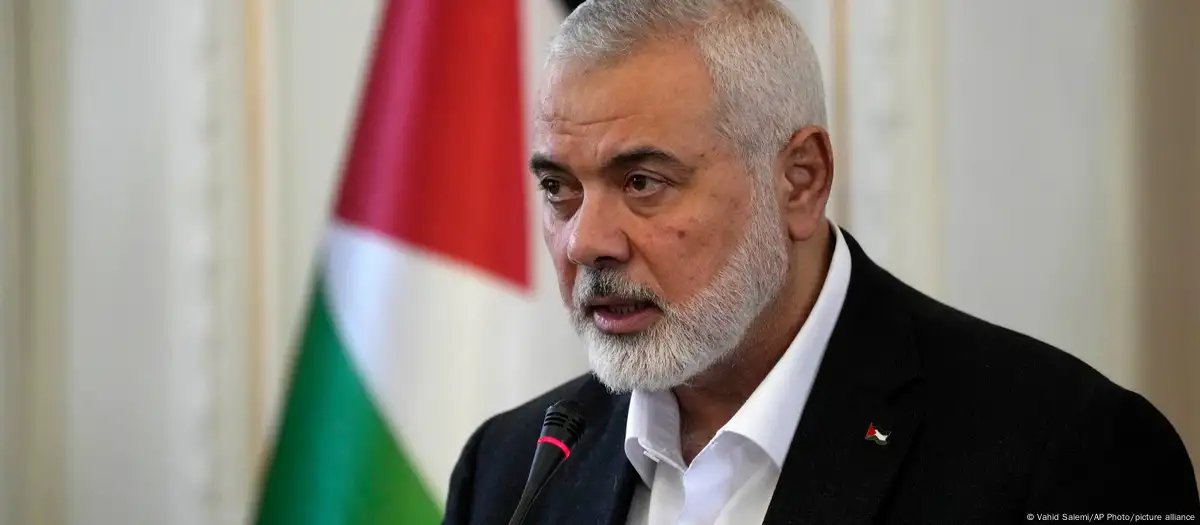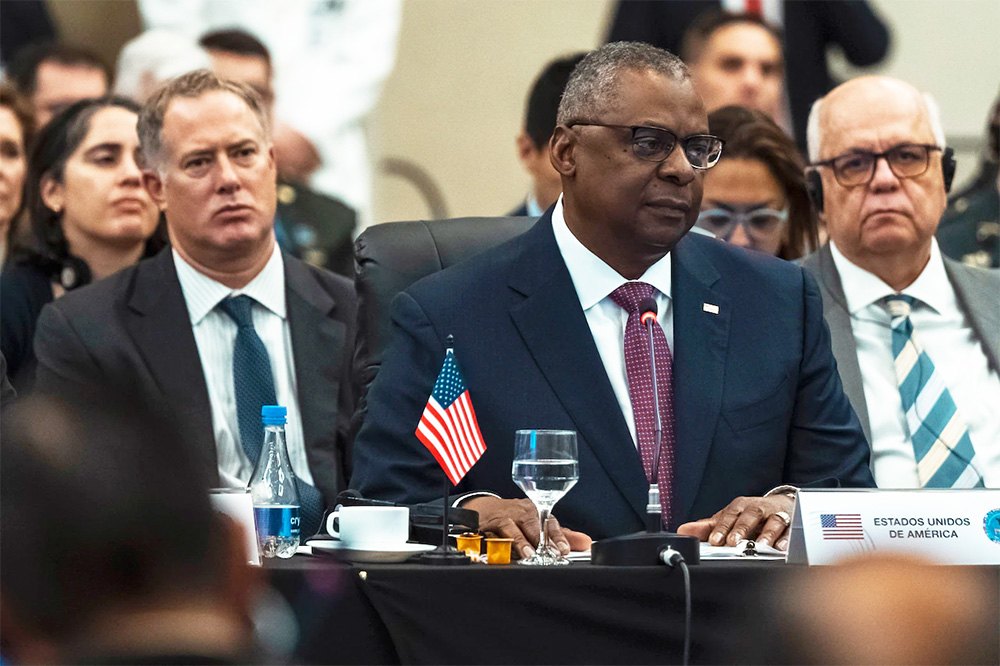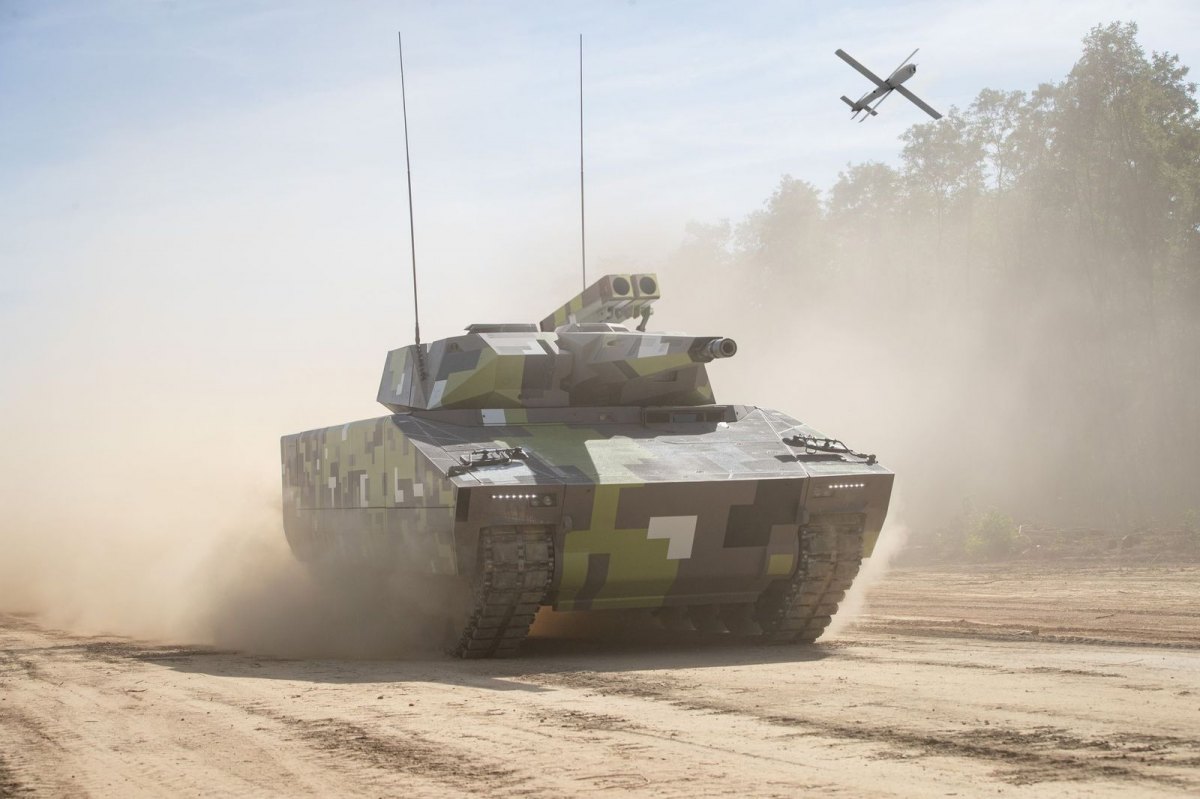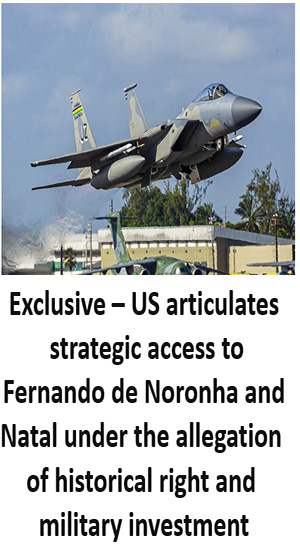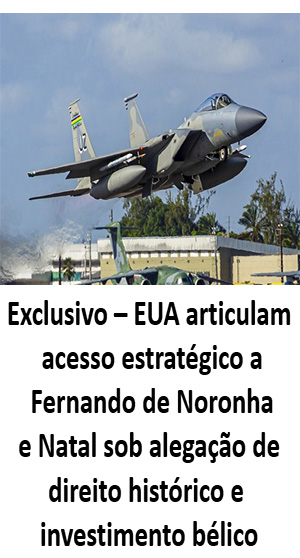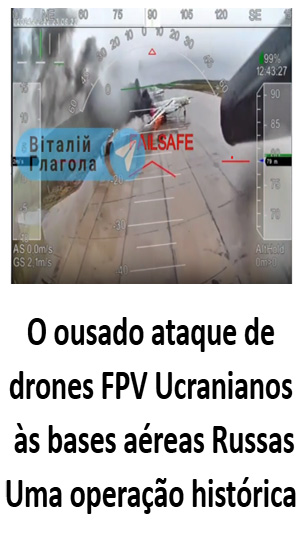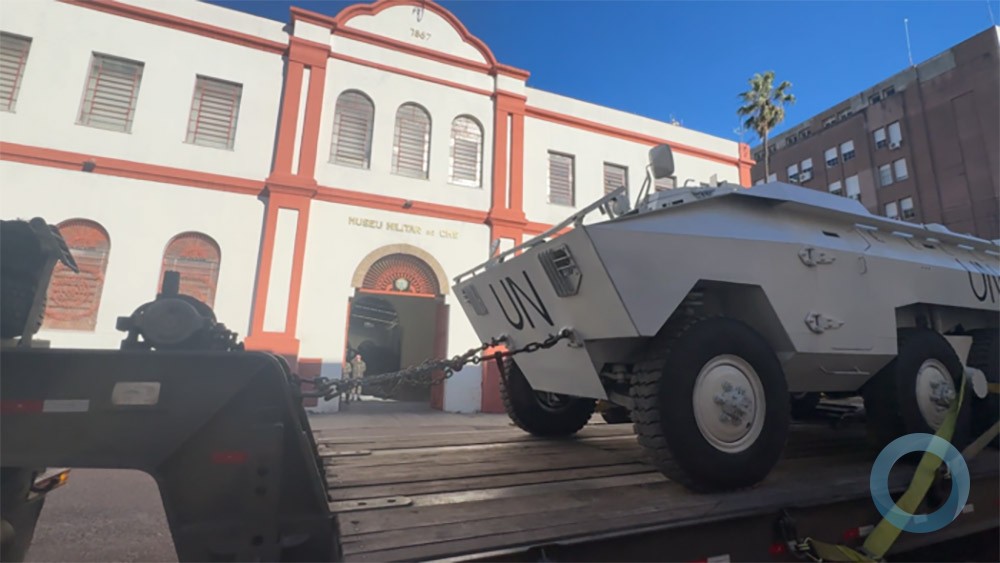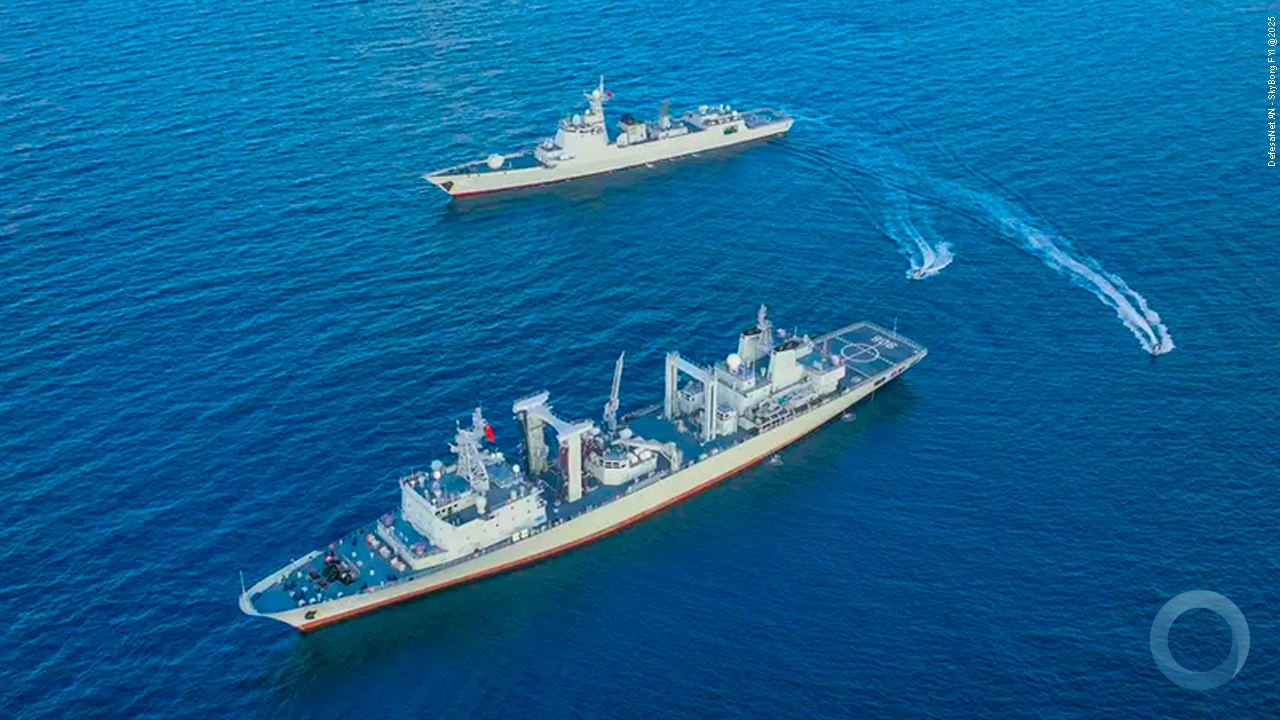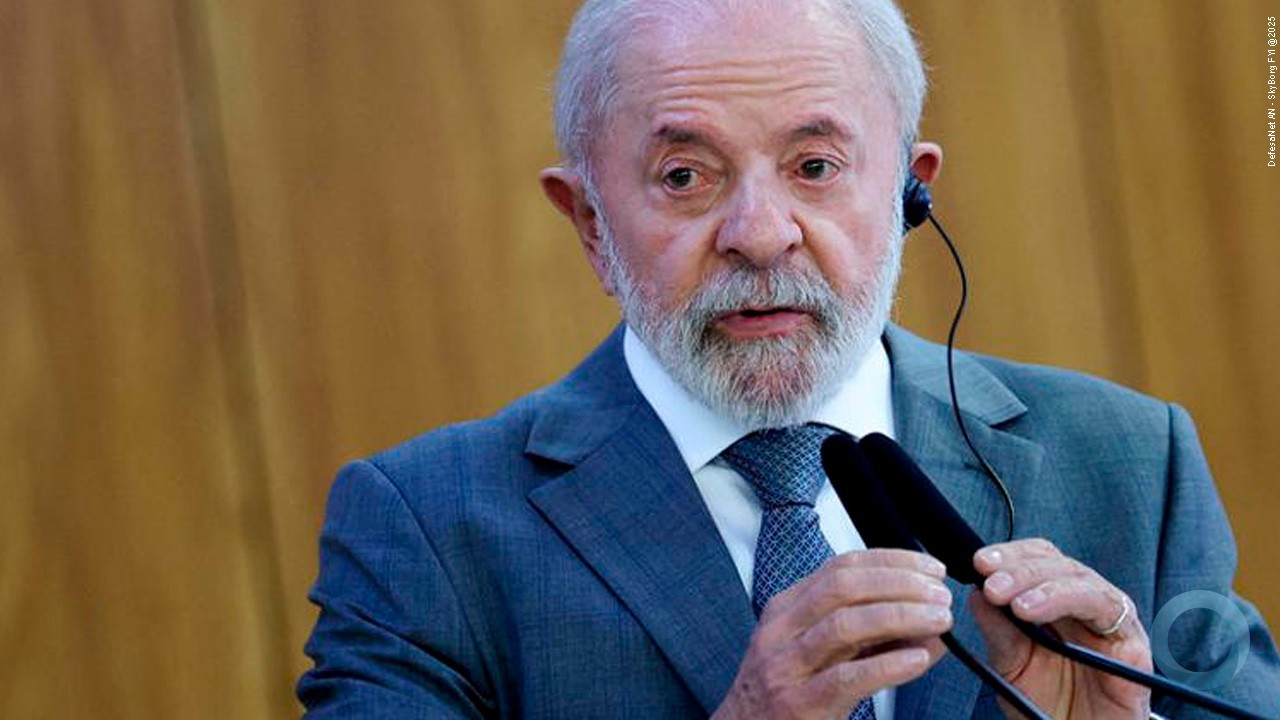In the framework of the Common Security and Defence Policy (CSDP), the European Defence Agency (EDA) supports EU-led military operations and missions offering a wide scope of services, ranging from managing contracts for satellite communication, through training in cyber defence, ending up with providing HR management software to operational commands.
Especially developing a model of ready-to-use framework contracts will give the EDA the possibility to broaden its service to more comprehensively support the establishment and running of CSDP operations and missions.
Introduction
Support to CSDP Operations is one of the key task for the European Defence Agency, which was highlighted in the recent revision of the statute, seat and operational rules of the Agency. “We are proud to support EU-led military operations: to see our projects being used and to know that our expertise is being appreciated. Continuous service is what makes the Agency valid,” says Jorge Domecq, the EDA Chief Executive.
The EDA offers its existing projects as well as ready-to-use contracted solutions that will replicate the successful framework contract model for satellite communications. Consequently, the EDA support to operations is cost-effective and efficient, as it does not generate any additional costs for the Member States or the Agency.
The range of EDA services to support CSDP operations
In more detail, the EDA delivered a Human Resources management software for Headquarters (J1FAS) to the EU military operation in the Central African Republic in 2014. Commander Paschalis Gkounidis, the HQ Assistant Chief of Staff for Human Resources said that “the installation of this new system represents a big step forward in managing our personnel and will provide useful lessons for the improvement of the system in the future.” A similar support is also provided for the operational command of the military operation in the Southern Central Mediterranean (Operation Sophia).
Additionally, the EDA conducted cyber awareness training events in Larissa and Rome Operational Headquarters for the operations in the Central African Republic and in Southern Central Mediterranean respectively. In the case of Operation Sophia, the EDA also offered the MARSUR networking system, which may contribute to increasing the maritime situational awareness.
Following several successful test cases, e.g. contracting Air-to-Ground Surveillance Services for the EU military operation in Bosnia and Herzegovina (EUFOR Althea) in 2014, the EDA signed an arrangement with the Athena Mechanism (February 2015) to facilitate ad-hoc support for contracting for CSDP operations. Under this arrangement, the Agency has already supported the EU training mission in Mali for procurement of medical equipment as well as the EUFOR Althea for benchmarking current camp management services.
The signature of the arrangement also provided a new impetus for the usage of the already existing EDA Contractor Support to Operations (CSO) platform as a powerful tool for interaction between economic operators and EU-led operations. The platform has successfully been used to assist in fulfilling tailored needs for the EU training missions in Mali and Somalia.
With the Athena Mechanism having joined the EU SatCom Market project in June 2015, the cooperation has gone one step further. CSDP operations and missions can now rely on a ready pre-mission contracted solution for satellite communication. The EDA framework contracts offer high quality service with less administrative burden.
The EU training mission in Somalia has successfully been using such solution since October 2015 for Fixed Satellite Services. “Thanks to the excellent cooperation between the EUTM J6 team, the EDA and the contractor, EUTM Somalia benefits from a reliable and secure connection with Europe for its Command and Control chain,” said Brigadier General Antonio Maggi, the Operation Commander. The EU Training Mission in Mali is also relying now on the EU SatCom Market for Mobile Satellite Services.
Potential projects in the future
“I have no doubts that our support to CSDP operations will increase in the future, and will provide more opportunities to deliver civil-military synergies in the contractor support context,” says Jorge Domecq. The EDA, together with the Athena Mechanism and EU Military Staff, is currently exploring possibilities to implement additional ready-to-use solutions for other services, to include medical services with helicopter medevac as the first priority, infrastructure and camp management as well as strategic transportation services.
The overall aim is to provide comprehensive contracted support covering all major areas pertaining to operations: from deployment and redeployment of troops, through the establishment and maintenance of camps, satellite communications services to end up with medical service.
There is also a number of EDA-led projects which be might relevant for CSDP operations as they mature in the future. The list includes: smart energy camps to manage renewable energies, Countering Improvised Explosive Devices (C-IED) awareness and training, cyber situational awareness packages for headquarters to enhance cyber defence planning, a platform to share and analyse geospatial information (GISMO 2), a C-IED joint deployable exploitation analysis laboratory, and an electronic on-line gov-to-gov market platform eQuip to sell or transfer surplus defence equipment.
Single European Sky
Project goals
|
Detailed description of the project
The Agency was originally given responsibility at its Steering Board in November 2010 to evaluate the operational risks and financial implications of the Single European Sky for military aviation.
This role was further extended in May 2013 with the adoption of an implementing regulation that set the ground for EDA work at the policy level of SESAR (the joint public private partnership in charge of implementation of SES). The regulation provided EDA with the task of facilitating the coordination of military views from and in support of Member States and relevant military organisations and to inform military planning mechanisms of the requirements stemming from SESAR deployment.
To support this work a programme was launched by 22 Member States on the “Military Implementation of SESAR.” This included the establishment of a dedicated SESAR cell, composed of four national experts from the contributing Member States, to provide in-house expertise at EDA. They coordinate with MODs to ensure that the military views and requirements are taken into account in the implementation of SESAR.
The Single European Sky is a huge and complex project, it is essential that the views and implication for all users and stakeholders are taken into account. The European Defence Agency has been recognised as the place to coordinate military inputs for SESAR.
In order to ensure that this feedback reflects the interests of all military stakeholders a three-step consultation mechanism with NATO and EUROCONTROL has been established, so that a consolidated position can be provided to the Commission.
This runs alongside the SES/SESAR Military Implementation Forum (SMIF) which includes NATO nations, the European Commission, EUROCONTROL and SESAR JU. This coordinated approach has already proved useful in the first batch of SESAR to be implemented – the Pilot Common Project (PCP).
As the Single European Sky evolves, EDA’s role will too. Already EDA is looking to generate collaborative research projects based on the PCP with the possibility of obtaining funding from the European Commission.
EDA will also look at mitigation measures as alternative means of compliance or equivalence for its Member States’ militaries based on performance requirements stemming from the assessment of the implications of SES and SESAR.






